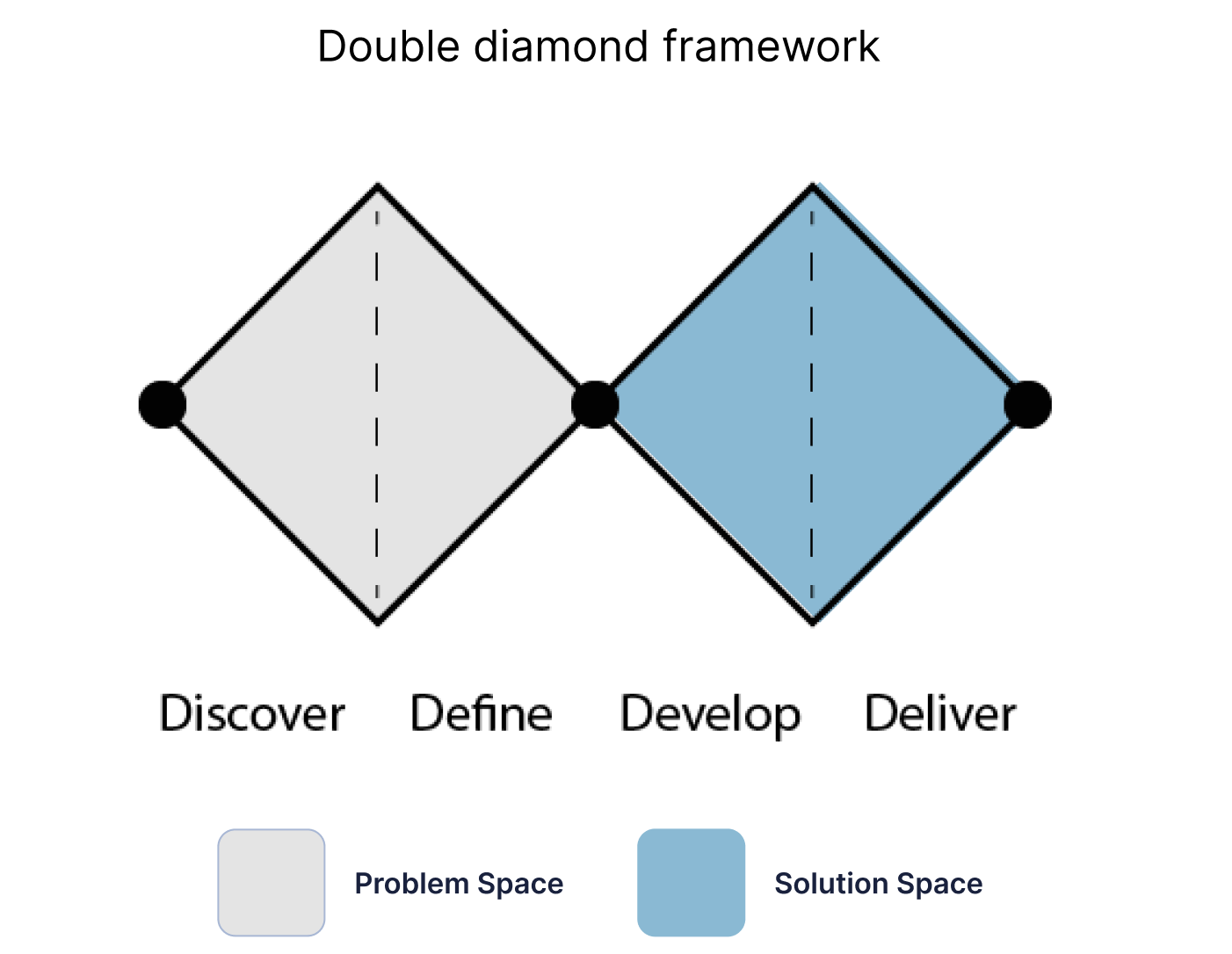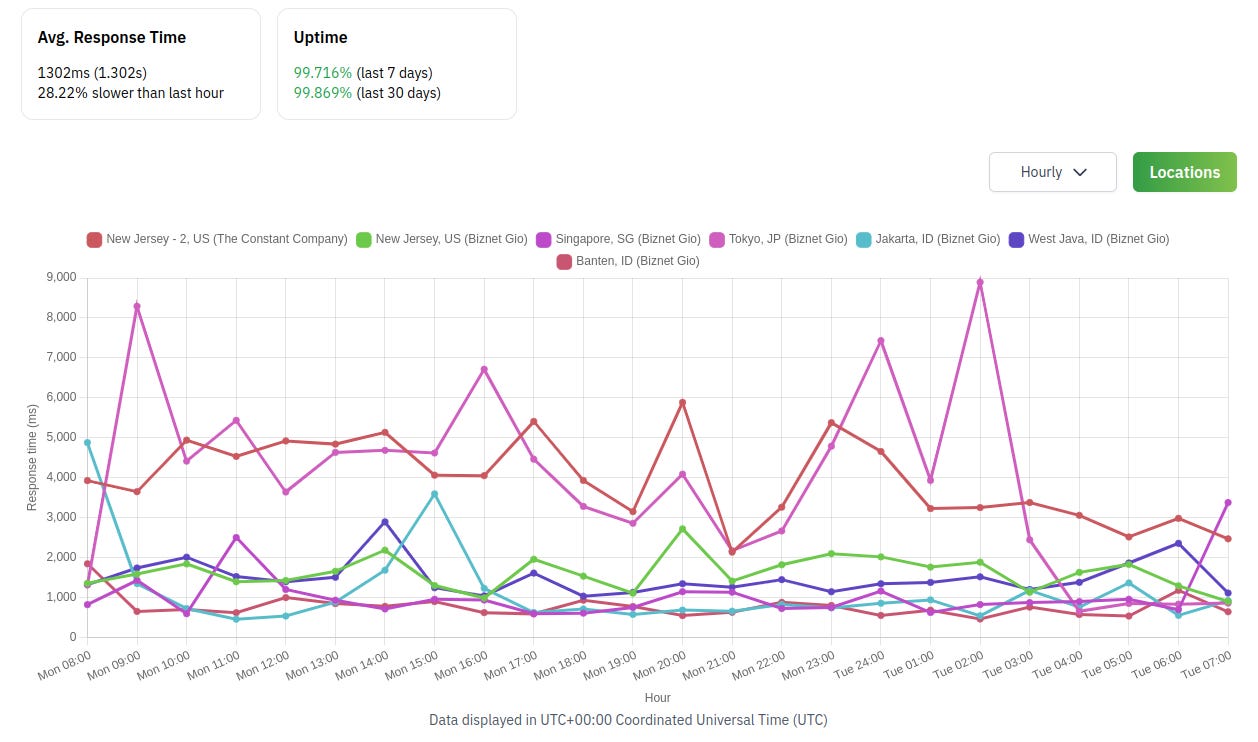Making It Work: My Story of Problem-Solving in Product Management
What exactly do we mean by "problem" and how should we categorize and assign them to the appropriate category?
Sharing my experience as a product manager, let me tell you, it's quite an adventure! It's packed with all sorts of hurdles - from technical issues to unpredictable shifts in the market. And guess what? You're not alone if you're experiencing the same. A survey by the Product Management Institute reveals that almost 78% of product managers face big challenges regularly. To make our products successful and keep our users delighted, we've got to think smart and get creative.
From my experience, I learned that the first step to beat any challenge is to understand what we're dealing with. We need to be clear about our problems. If we're not, finding solutions can feel like finding a needle in a haystack. And here's some interesting research by McKinsey & Company: if we clearly understand our problem, we can increase our chances of finding effective solutions by up to 50%. So, let's work hard, collect all the information we can, listen to our stakeholders, and deeply analyze to grasp the real essence of the issues we're facing.
While facing these hurdles, I found a reliable strategy in the double-diamond framework. This strategy, made famous by the Design Council, teaches us to think in different ways using four stages: Discover, Define, Develop, and Deliver. In the Discover stage, we dig deep to understand the core of our challenges. The Define stage pushes us to be precise about our problem so everyone gets its impact. I would love to share how I learned to transition from Discover to Define and truly get to the root of my challenges. Plus, I'm excited to tell you about NEO Sense, a super helpful tool for tracking app-related problems and stopping them before they get out of control.
Categorizing the Challenges
In the wild world of product management, I've found that challenges or “problems” often fall into four main categories. Let's dive into these now.
User Pain Point - Immediate
These are issues or frustrations that users face when they use a product or service. They can be about the way a product works, customer service, cost, or any other part of the user experience. It's critical to solve these problems because happy users can bring in more revenue. For instance, a study by Bain & Company found that increasing customer loyalty by just 5% can increase profits by 25% to 95%.
Identifying and resolving user pain points is essential for reducing drop-off rates at each stage of the user journey. Let's take a closer look at some common user pain points:
Bugs: User experience can be greatly affected and users can become frustrated due to technical issues and software bugs, ranging from major problems to minor glitches. Tricentis, in their report, reveals that these software failures caused businesses around the world to lose an estimated revenue of $1.7 trillion in 2020.
System Downtime: We've all dealt with system downtime or service interruptions, which can upset users. Beyond causing user frustration, these issues can also hurt our finances - for an e-commerce site, an hour of downtime can cost between $100,000 to $500,000. This is where NEO Sense, my trusted tool, has saved the day. With its monitoring, NEO Sense has helped me spot potential downtime early, allowing me to act fast to prevent disruption, keep users happy, and avoid big costs.
Unsatisfactory User Experience: A poor user experience, such as confusing navigation, slow loading times, or hard-to-use interfaces, can make users leave. In fact, 88% of online consumers are less likely to return to a website after a bad user experience.
Difficulty in the Registration Process: If it's too hard or takes too long to sign up for our service, users might not bother finishing. If we make this process easier and quicker, we might get more people to join and use our service more often.
Unavailable Payment Methods: When users can't pay the way they want, or if they have trouble with the payment system, they might decide not to buy anything. According to a study by the Baymard Institute, about 6% of people decide not to buy something because they're worried about whether their payment will be safe.
If we fix these issues and keep making our product better for our users, they'll be happier. This could help us keep our customers for longer and make more money.
Company Direction - Strategic
When we talk about 'Company Direction', we mean the big decisions and instructions from the top people in the company. I've found that this is really important to guide our product's journey. It includes important measures and goals that tell us what to focus on in development. Even if these don't directly touch the user experience, it's really important to follow these to succeed in the long run.
Let's dig into some facts and numbers I've learned about company direction:
Changing North Star metrics: Research by Bain & Company showed that companies that focus on customer-friendly measures, like how happy customers are or how likely they'd recommend the company (Net Promoter Score or NPS), see their earnings grow more. Amazingly, those with high NPS scores see their earnings grow over double the rate of their competition.
Modifying objectives and key results: Research by Gartner showed that companies that set tough, clear goals usually do better. Clear goals that line up with important results can lead to better performance and help with long-term success.
Considering feature removal due to shareholder preferences: Shareholders usually want the company to succeed and can give useful advice. But, it's important to balance what they want with what users need. Using data to make decisions can help us understand what taking out a feature might mean for how users feel and use our product. We can get valuable info from user surveys or from studying user behavior.
Fulfilling requests from top-level executives: Even though we might not have solid data on responding to the requests of top bosses, it's essential to work well with them and understand what they expect. Strong relationships with the top dogs can lead to better support for our product plans and easier decision-making.
By thinking about these points and using data to guide our decisions, we can effectively guide the company's direction, line up with big goals, and make sure we succeed in the long run.
Organization Pain Point - Operational
When you're managing a product, it's not just about the user-facing stuff. There are also loads of challenges on the back end, supporting everything that goes on behind the scenes. Let's chat about some of these workplace hurdles and why they're so important to keep everything running smoothly:
Migrate from spreadsheet to CMS: Loads of businesses use spreadsheets for product stuff. They might use them for tracking product needs, handling user feedback, or keeping up with product plans. But as products and teams get bigger and more complex, spreadsheets can start causing headaches and mistakes. Shifting to a special Content Management System (CMS) or a tool made just for product management can make things easier, boost teamwork, and make everyone more efficient. A study by Smartsheet, a company that offers an online work management tool, found that when teams used collaborative work tools, they were 38% more productive.
Digital Marketing needs to set up better attribution for their tracker: It's really important for digital marketing teams to have a good tracking system so they can see how well their campaigns are doing and fine-tune their strategies. With more advanced tracking models, like multi-touch or algorithmic attribution, companies can get a deeper understanding of their customers, see how different marketing channels are working, and use their resources more effectively. Research by Nielsen showed that companies using these advanced tracking models saw a 35% boost in marketing efficiency and a 20% increase in the return on their ad spending.
The customer support team wants to use a third party and integrate it into the apps: Bringing in third-party tools or services can really help customer support. It can make them more efficient, respond faster, and give customers a better experience. For example, adding a ticketing system or a chatbot can automate some tasks, smooth out communication, and cut down on customer wait times. A study by SuperOffice showed that 41% of customers expect an answer to their questions within six hours, and 84% expect an answer within a day. By bringing in third-party tools, companies can meet these expectations and give support when it's needed.
By addressing these workplace hurdles with the right tools and strategies, we can seriously improve our behind-the-scenes operations, teamwork, and overall efficiency in managing our product.
User Dream - Opportunity
In the world of product management, it's not just about fixing what's wrong, it's also about making user's dreams come true. By dreaming up and bringing to life features that go beyond what's expected, we can build a loyal group of users and set ourselves apart from the competition.
Let's delve into some common user dreams that can drive product innovation:
Implementing Gamification Features: Adding fun, game-like features has become really popular. It makes users more interested and motivated. We could add things like challenges, rewards, or leaderboards to make the user's experience more engaging and fun. According to research by Gartner, they predict that by 2023, 40% of businesses will use these fun, game-like features to change how they do things.
Creating Personalized Experiences Based on the Company's Context: Users really like it when things are personalized for them. By using data and information about our users, we can give them content, suggestions, and interactions that are tailored just for them. A study by Accenture found that 91% of people are more likely to buy from brands that give them relevant offers and suggestions.
Utilizing Artificial Intelligence for Customer Support Communications: AI chatbots and virtual helpers are changing how customer support works by giving immediate help and solving problems efficiently. By using AI, we can make our customer support quicker, reduce how long people have to wait, and make users happier. A report by Juniper Networks predicts that chatbots will save businesses over $8 billion a year by 2022.
By understanding and focusing on these user wishes, we as product managers can come up with innovative ideas, build stronger connections with our users, and get ahead of our competition.
The Power of NEO Sense: Proactive App Monitoring and Competitive Advantage
In the fast-moving world of managing products, making sure our live apps are always up and running perfectly is super important. It's essential to fix any issues users have and sort out any problems with the app, but it's even better if we can spot and deal with these problems before they become big. This is where NEO Sense, a super cool monitoring app, becomes really useful.
NEO Sense gives us the tools and information we need to spot and fix app problems before they start bothering our users or catching the eye of big bosses. By using NEO Sense, we can stay ahead of any potential problems and make sure our users have a smooth and perfect experience. This gives us a leg up on the competition.
With NEO Sense, we can:
Monitor App Performance in Real-Time: NEO Sense lets us keep an eye on how our apps are doing in real time. It shows us valuable information like response times, how long it takes to do things, error rates, and other important numbers. This lets us spot and fix any performance problems before they become serious.
Receive Instant Notifications: NEO Sense lets us know right away if it finds any problems or performance issues. These alerts help us understand what's going on quickly and take the right steps to stop any potential impacts on users.
Track User Experience: NEO Sense tracks how well the user experience is going, like how fast pages load, how well pages are displaying, and how successful transactions are. This gives us a deep understanding of how users are interacting with the app and lets us make improvements and tweaks to make the overall user experience even better.
Access Comprehensive Reports and Analytics: NEO Sense gives us detailed reports and data that show us how the app is performing, how it's being used, and how users are behaving. These insights let us make decisions based on real data and focus our efforts on what users really need and want.
By using NEO Sense, we can spot and fix app problems before they start, make sure the performance is top-notch, and give our users an amazing experience. This helps us get ahead in the market.
Conclusion:
In my role as a product manager, I've faced a wide variety of hurdles in the day-to-day reality of managing products. I've found that by sorting these hurdles into categories like user problems, company goals, internal issues, and user wishes, I can tackle them more effectively and ensure our product is successful. Plus, by using the awesome NEO Sense app, I can keep an eye on our live apps in real time, quickly deal with any app issues, and make sure our users have an amazing experience that goes above and beyond what they're expecting.
Keep one step ahead with NEO Sense and change how you win this game.
Source:
https://www.bain.com/insights/customer-loyalty-in-retail-banking/
https://www.tricentis.com/resources/global-software-failures-and-outages-in-2020/
https://www.upguard.com/blog/what-does-downtime-cost-your-business
https://www.sweor.com/firstimpressions
https://baymard.com/lists/cart-abandonment-rate
https://www.bain.com/insights/net-promoter-system-the-one-number-you-need-to-grow/
Gartner Research - available to Gartner clients
https://www.smartsheet.com/content/collaborative-work-management-roi
Nielsen Marketing ROI Benchmark Study
https://www.superoffice.com/blog/customer-service-statistics/
Hyperjump is an open-source-first company providing engineering excellence service. We aim to build and commercialize open-source tools to help companies streamline, simplify, and secure the most important aspects of their modern DevOps practices.






